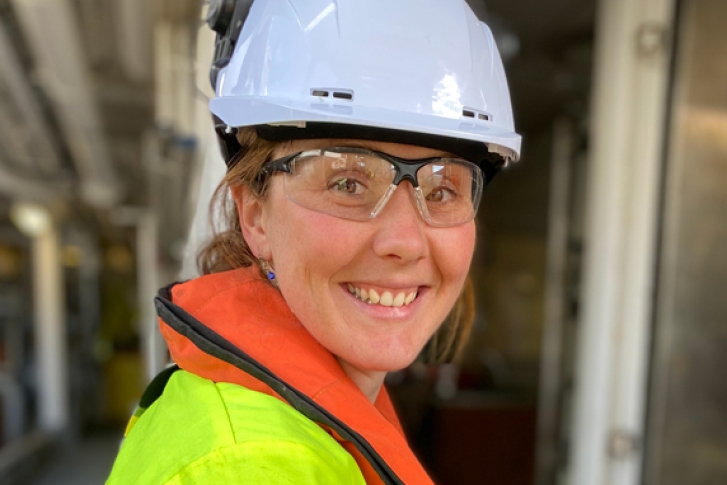New information about landslides that occur on the seafloor off New Zealand’s east coast will help scientists better understand why and where they happen, and the types of threats they pose.
NIWA marine geophysicist Dr Sally Watson has compiled a new database that brings together a vast array of information about offshore landslides that has been gathered from scientific voyages over many years.
“Our database maps where landslides have occurred, how big they are and where they are most common. We have pretty much got the entire east coast covered from Bluff to the East Cape but the ultimate goal is to expand it to make it New Zealand-wide.”
Dr Watson is presenting this information at this week’s annual Geosciences2019 conference in Hamilton and says one of the most interesting features of the database is the observation that landslides appear to be concentrated in particular regions.
“Landslides cluster in submarine canyons – that finding can either mean that canyons involve landslides as one of their formation processes, or that canyon processes are causing landslides. They are clearly linked in some way.”
Underwater landslides have the potential to cause tsunami but can also damage marine infrastructure and seafloor biological habitats.
“In the future I anticipate there may be a lot more offshore infrastructure, so the stability of underwater slopes is becoming increasingly important,” Dr Watson says.
“The good thing is that we have a lot of baseline maps for a lot of New Zealand so if we went back to a region and observed there was some change, we would be able to measure that as well.
“It is also important to understand what is shaping the seafloor – including the geological processes that are eroding it and delivering large amounts of sediment to the deep ocean.”
This may also lead to the ability to identify areas vulnerable to underwater landslides, which can be far bigger than those on land.
The second part of Dr Watson’s database project is to use the information to look back in time by examining the long-term record beneath the seabed of past landslides. This could enable scientists to determine whether there were times when landslides were particularly common.
“We use sound to image the subsurface and from that we can pick out deposits of landslides because they look very chaotic compared to everything else."
A perfect example of this occurred with the 2016 Kaikōura earthquake. Mapping of the seafloor was done before the earthquake and then repeated after it, showing huge changes to the seafloor.
“For a lot of these landslides, it’s not totally understood how or why they’ve occurred. At the moment we’re mostly observing trends and where they exist. From that we can try and understand why.”
Dr Watson has also recently had a paper published in the scientific journal Geology which dramatically increases our knowledge of how many methane seeps occur along the Hikurangi Margin, off the east coast of New Zealand.
The team measured hundreds of seep related features and believe they could be linked to deeper structural processes as well as potentially contributing to causing landslides. “That could help us to understand the faulting and sediment instability along the margin and how it’s changing.”

